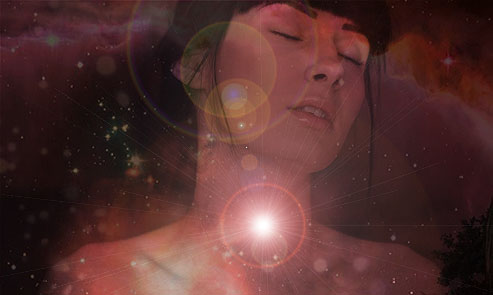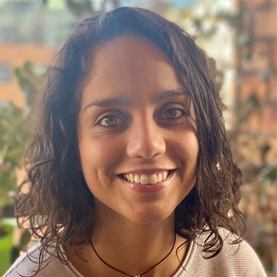 The assemblage point is an energetic structure within the Luminous Energy Field (LEF) where we decode all our supersensory experiences, from déjà vu to precognition, to bliss and love, to having a sense of foreboding about something or someone, and to knowing that the telephone is going to ring before it actually does.
The assemblage point is an energetic structure within the Luminous Energy Field (LEF) where we decode all our supersensory experiences, from déjà vu to precognition, to bliss and love, to having a sense of foreboding about something or someone, and to knowing that the telephone is going to ring before it actually does.
It’s the luminous equivalent of our physical brain (and about the same size, but shaped like an orb), and it is here that we take in the information our ordinary senses can’t grasp. So while our hand can detect the touch of our beloved but can’t feel the love conveyed by that touch, the assemblage point can interpret the meaning of this contact, building an internal picture of our psychological and spiritual reality.
The assemblage point processes supersensory information in the same manner our brain processes visual information: The eyes receive photons of light reflecting off the ocean and the sand, these electrical impulses travel through the optic nerve to the visual cortex in the brain, which creates an image inside our heads. We call this image “the beach,” and project it onto the outside landscape.
Our assemblage point decodes data received through our chakras and “reads” the world of energy and emotions around us. We call this image “reality” and project it onto our surroundings and the people we come in contact with.
Just as all seeing happens inside our brain, the Laika shamans understand that all reality only actually exists inside ourselves.
Our assemblage point is attuned to interpret certain valences and frequencies, which are determined mostly by our life experiences. If we don’t have those valences programmed into our assemblage point, we won’t perceive them.
For example, if we dwell in a city and travel to the jungle, even though our ears have the same structural mechanisms of the rain-forest native, we simply wouldn’t have the sensitivity to hear certain birds that alert the native to the presence of snakes. Those of us who live in cities become so accustomed to hearing loud sounds within ten feet of us that we’re not used to perceiving sounds from far away — it’s almost as if we’re auditorily nearsighted. Neuroscientists believe that these pattern-recognition abilities are wired into pathways inside the brain. But the brain is simply the hardware; the software that drives it is programmed into the assemblage point inside the LEF.
The exact location of the assemblage point differs for everyone and it typically remains in the same location throughout a person’s life — a place I call the “access” position, because this is where you access your ordinary reality. But you can learn to move it and alter your perceptions, and therefore change your experience of reality.
If we lived in perfect communion with nature, it would sit on the eighth chakra, six to eight inches above our heads, in a position I call “bridge.” When our assemblage point is in bridge, all of our instincts are recalibrated to their original settings. From bridge, we can move our assemblage point to the second chakra to perceive with the senses of jaguar and actually reset the instincts of that chakra — for example, we’ll no longer get involved with the wrong people just because we’re attracted to those who are similarly wounded. Because we don’t live in nature, and we also need to be functional in a very dysfunctional world, our assemblage point ends up being skewed to one direction. In the West, the assemblage point tends to be located to one side of the head because we’re very rational, thought-driven people.
We’re attracted to others who have an assemblage point that is similar in valence and position because we feel in sync with them — and typically perceive as strange or foolish someone with a very different assemblage point. We may even think that someone is stupid because they can’t perceive what we can, or loony because they sense what we don’t. What we don’t realize is that our perceptions are limited by our beliefs and life experience.
In a future blog, we will discuss how to move your assemblage point.
.







